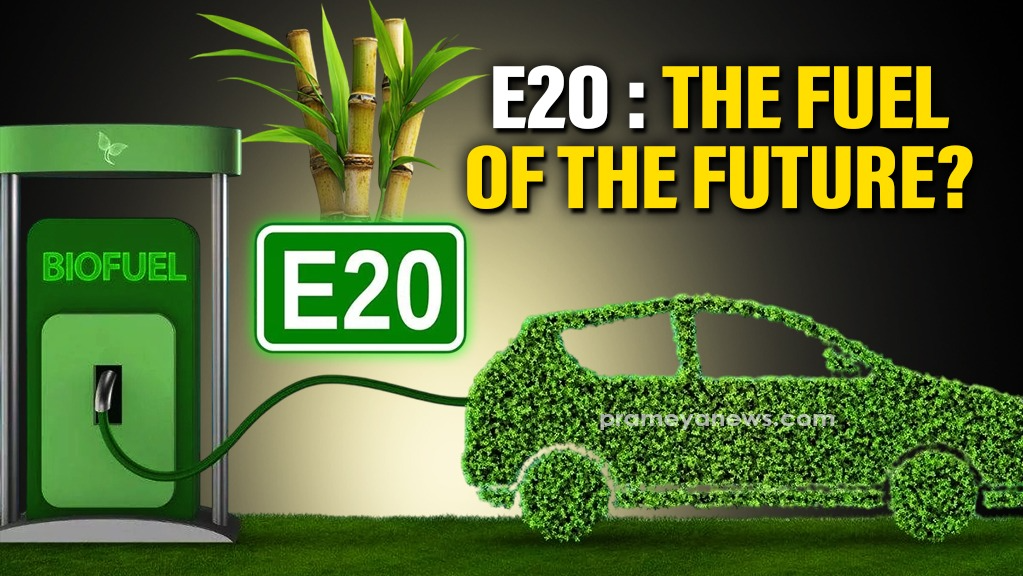

As India pushes towards a greener future, ethanol-blended petrol has become a key part of the country's energy strategy. With the government aiming for 30% ethanol blending by 2030, many vehicle owners are asking what this new fuel is and how it affects their cars and bikes.
Ethanol-blended petrol is a simple mixture of regular petrol and ethanol, which is a biofuel made from plant sources like sugarcane and corn. The most common blend being rolled out across India is E20, which contains 20% ethanol and 80% petrol.
The government is promoting this blend for three main reasons. First, it's better for the environment. Ethanol helps petrol burn more completely, which reduces harmful emissions like carbon monoxide. Second, it reduces India's dependence on expensive imported crude oil, strengthening the nation's energy security. Finally, it creates more demand for crops like sugarcane, which directly benefits farmers.
The primary concern for vehicle owners is performance. Because ethanol has slightly less energy than petrol, using E20 fuel can lead to a minor decrease in fuel economy, or mileage. However, for most modern vehicles, this difference is marginal.
The other concern is compatibility. Ethanol can be corrosive to some rubber and plastic parts found in the fuel systems of older vehicles. To address this, most cars and bikes manufactured in recent years are designed to be fully compatible with E10 and E20 fuel. The long-term solution lies in "flex-fuel" vehicles, which are specifically built to run on higher ethanol blends without any issues.
In response to public concerns, the Ministry of Petroleum has clarified that fears about E20 fuel are largely unfounded for modern, compliant vehicles. The transition is a managed process, with automakers and the government working together to ensure a smooth shift towards cleaner fuel.